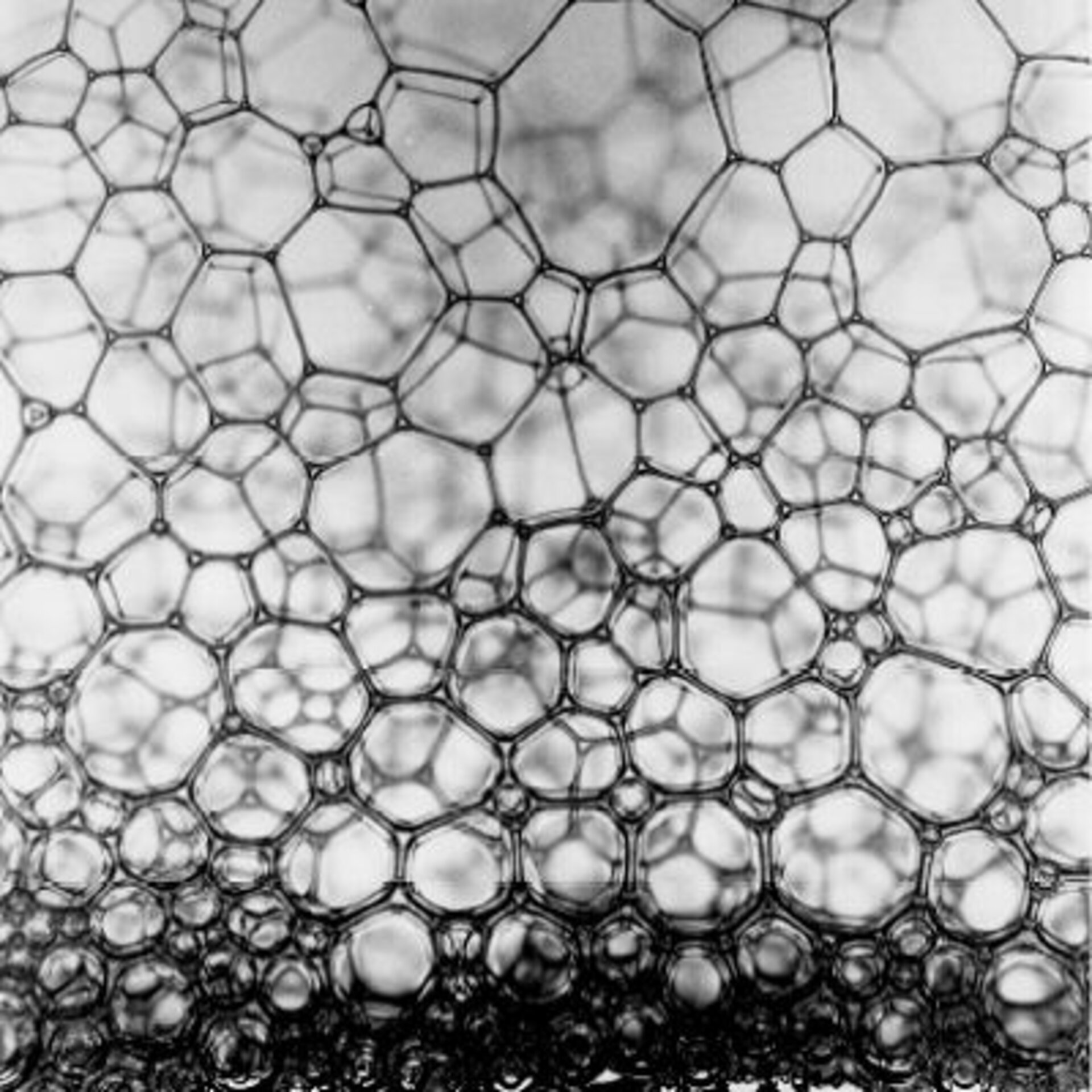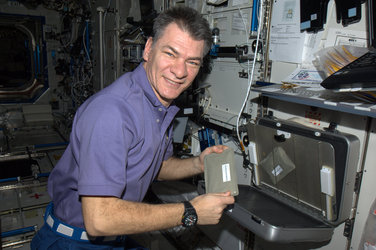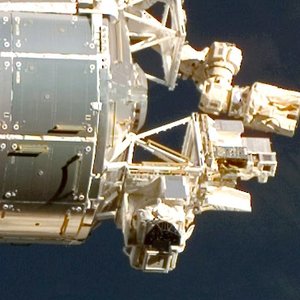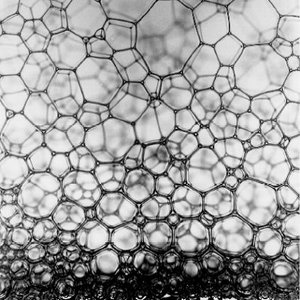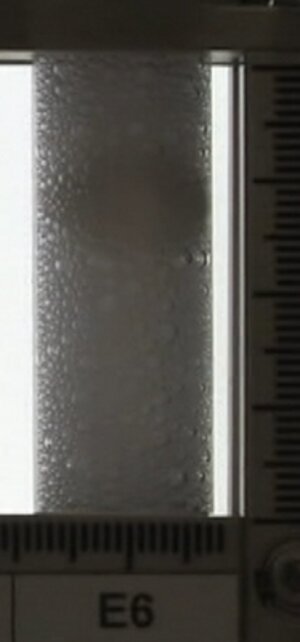Bubbles in space
Foam plays an important part in our lives and understanding the life cycle of foam bubbles can improve its many daily uses. ESA’s educational foam experience package now reveals the hidden life of foam.
But what is foam?
It is a mixture of a gas and a liquid, and there are many different types around us. From food foams and detergent foams to the bubbly fun of foam baths, we cannot escape some kind of foam every day.
Scientists say that surface tension, due to cohesive forces between liquid molecules at the surface, is the key to unlocking the behaviour of foams.
Foams are far from being completely understood and scientists are running experiments on the International Space Station to learn more about them.
The weightlessness of space is perfect for studying how foam is formed, how it evolves and how if eventually collapses back to liquid.
On Earth, gravity concentrates a liquid at the bottom of a container while leaving the gas on top. The very thin liquid films of bubble walls become even thinner and increasingly fragile as bubbles return to their liquid state.
Eliminating the effect of gravity keeps bubbles alive for longer and allows us to study them more intensively.
A lesson on foams in space and on the ground
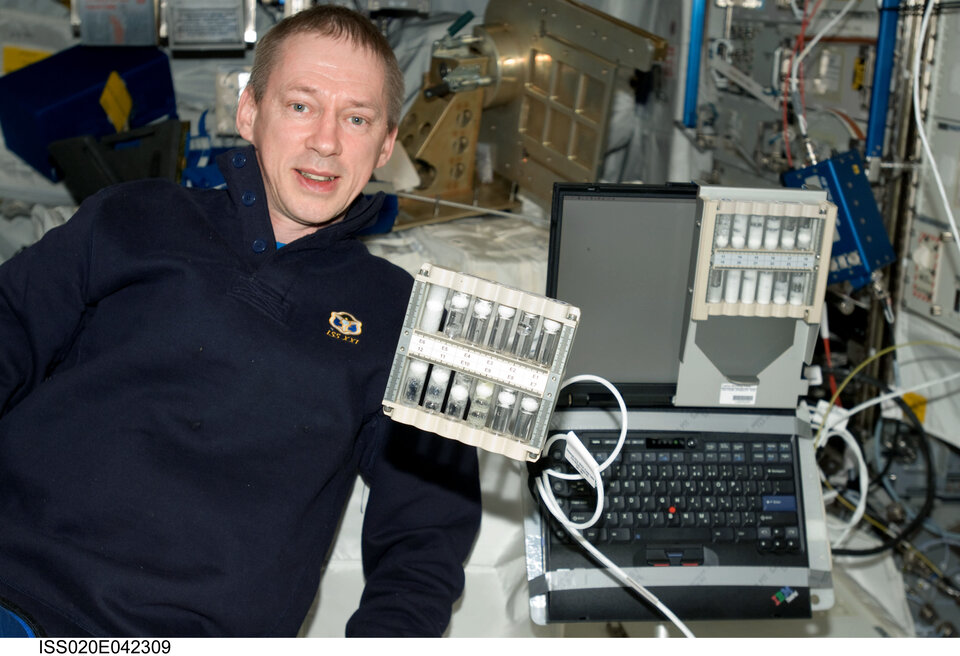
In 2009, ESA astronaut Frank De Winne performed the FOAM-S experiment on foam evolution on the International Space Station.
At the same time, an educational package aimed at lower secondary school pupils was developed using the images taken by Frank. This package is now available to European teachers.
The lesson follows the ‘5E’ method: engaging, exploring, explaining, elaborating and evaluating.
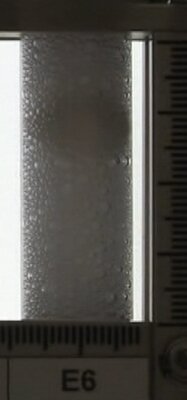
The objectives of the lesson are:
- to acquire the idea that gravity strongly influences natural phenomena;
- to acquire the idea that different states of matter can mix. Mixtures of liquid and gas have peculiar properties;
- to learn how to make measurements and comparisons;
- to acquire the idea that nature evolves to states of lower energy;
- to acquire the idea of transfer of energy.
The lesson (in English) and pictures are freely downloadable at ESA’s website; see the links on the right bar.















 Germany
Germany
 Austria
Austria
 Belgium
Belgium
 Denmark
Denmark
 Spain
Spain
 Estonia
Estonia
 Finland
Finland
 France
France
 Greece
Greece
 Hungary
Hungary
 Ireland
Ireland
 Italy
Italy
 Luxembourg
Luxembourg
 Norway
Norway
 The Netherlands
The Netherlands
 Poland
Poland
 Portugal
Portugal
 Czechia
Czechia
 Romania
Romania
 United Kingdom
United Kingdom
 Slovenia
Slovenia
 Sweden
Sweden
 Switzerland
Switzerland

























